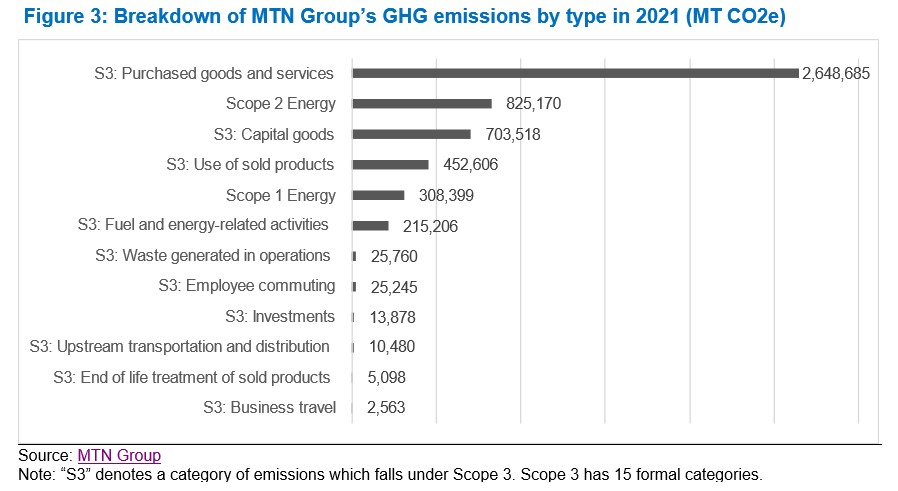By Matt Walker
This brief report addresses the role of the supply chain in telco efforts to reduce their overall measured carbon footprint across Scopes 1 (direct energy), 2 (electricity purchases), and 3 (upstream and downstream value chain).
With each passing year, the outlook for climate change worsens and its impact becomes more tangible. Costs are now clearly visible as society pays more to cope with extreme heat and cold, protect against flooding, clean up after abnormal weather events, relocate populations, reinforce structures, and many other measures. Yet national governments continue to struggle to find common ground, and private, voluntary action to cope with climate change is often more about lip service than real action. The network operator sector is no exception. While there are some standouts, most operators are embarrassingly conservative in their approach to carbon footprint reductions. That’s especially true for the telco sector. It’s easy to focus on reducing energy consumption, as it has a direct impact on the bottom line, but investing in renewable energy is harder to support. More important, most telcos are just beginning to focus on their indirect (Scope 3) emissions, the bulk of which relate to their supply chain. The tipping point has arrived, though. Telcos need to become leaders in aggressively reducing their carbon footprints, and that will have a direct impact on how they engage with vendors. A small number of telcos already quantify the environmental performance of their suppliers within the procurement process; that will grow, and standards will become more stringent. Organizations like the Joint Audit Cooperation (JAC) will push this along. Vendors need to get ready.
- Table Of Contents
- Figures and Tables
- Coverage
- Visuals
Table Of Contents
Summary – page 2
Telcos dominate power consumption within network operator business – page 2
Scope 3 emissions overview – page 3
Scope 3 examples: Swisscom and MTN Group – page 4
Supply chain accounts for 50-80% of total emissions for many telcos – page 6
Telcos’ current climate goals and the relationship to procurement – page 7
Implications for procurement – page 10
Figures and Tables
Figure 1: Overview of GHG Protocol scopes and emissions across the value chain
Figure 2: Breakdown of Swisscom’s GHG emissions by type in 2021 (MT CO2e)
Figure 3: Breakdown of MTN Group’s GHG emissions by type in 2021 (MT CO2e)
Figure 4: Purchased goods and services plus capital goods – total contribution to carbon footprint
Table 1: Climate goals and procurement practices for select telcos
Coverage
Companies mentioned:
2degrees
A1 Telekom Austria
Airtel
America Movil
Apple
AT&T
Bouygues Telecom
BT
Charter Communications
China Mobile
China Telecom
China Unicom
Comcast
Deutsche Telekom (DT)
Elisa
Joint Audit Cooperation
KPN
Meta (Facebook)
MTN Group
MTS
NTT
Nuuday
Orange
Proximus
SKT
Spark
Swisscom
TDC
Telecom Italia Mobile
Telefonica
Telenor
Telia
Telstra
T-Mobile Netherlands
Verizon
Vodafone
World Resources Institute
Zain
Visuals


